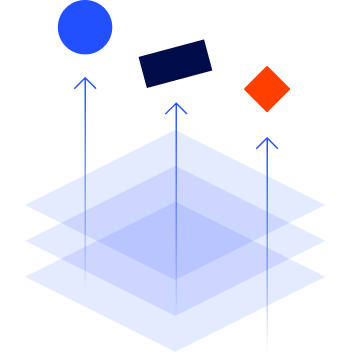CLARIAH creates, annotates and shares datasets for researchers form the broader Humanities and part of the Social Sciences.
As a researcher you can:
Explore source material
Jumpstart exploratory research
Link and enrich datasets
Generate, transform and share new datasets

What data can you use?
Natural language and speech data
Natural language data for linguistic and textual research, from the collections of Meertens Institute, Huygens Institute, Institute for the Dutch Language, and DANS.
Socio-economic data
Socio-economic data from the historical archives of governments, civil societies, commercial enterprises, trade unions, population registers, censuses, baptism and marriage registers, made accessible in Linked Open Data format.
Audio-visual data
Audio-visual data, such as films, TV-programmes, radio broadcasts, images, vlogs and recorded interviews from The Netherlands Institute for Sound and Vision, EYE Film Museum collections, DANS oral history interview collections and collections from the Open Images Project.
Textual data
Textual data from literary studies, history, philosophy, theology and religion studies, dating from the Dead Sea Scrolls to tweets about recent events.
Ineo: all our digital resources in one place
Ineo lets you search, browse, find and select digital resources for your research in humanities and social sciences. Gradually, it will offer access to thousands of tools, datasets, workflows, standards and educational material.